The Music Industry Post-Coronavirus
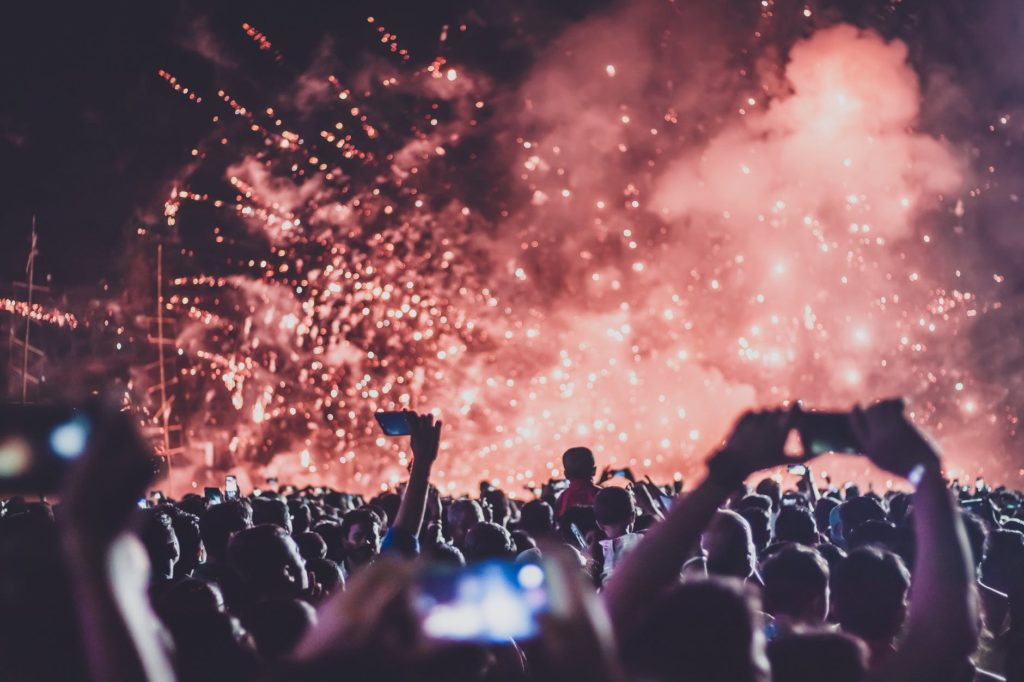
The impact of Covid-19 is being felt around the world, and in just about every known industry in the business sector. However it’s effects on the music industry, particularly the independent music scene, has not been pretty. With venues shutting down indie acts have been handed the short end of the stick as their revenue stream dried up without any real solution to replace the income. For newer acts, they saw their growth stunted by the inability to perform at showcases and festivals. Even streaming platforms announced a noticeable decline in streaming numbers as the population was forced away from their routines, at first. It wasn’t long before the public got a glimpse of the music industry post-coronavirus

Artist DJs and other industry pros began ramping up content creation on their social media pages. More than ever you saw artists engaging in social media ‘Challenges’ and live streaming. Dj’s began setting up ‘battles’ between artists while others used their platform to speak out on issues close to them. With the entire industry now practically digital, there are more questions than answers when it comes to the future of the industry. According to experts, it could be two years before conventional tours and concerts get back to some semblance of normalcy. Even if the streaming numbers jump, the amount the average creator earns from streams would not support even an average lifestyle. With all these questions looming the industry is actively seeking ways to offset the negative impacts of Covid-19. So what will the music industry post-coronavirus be like?
There will be an accelerated change in the way artists engage with fans
For years and years, music writers, critics and journalists predicted that music tech will lead the way in how artists engage with fans – albeit at a questionable speed. 2020 truly has catalysed an industry-wide change in the bridge between artists and fans. Based on my observations in the last two months, I’m making my own predictions that some of the smaller changes will compound to be significant.
1. Social media know-how will be an independent music industry must-have

What comes as no surprise and has been talked about so much in the last decade, is social media marketing and management. Social media marketing is now a skill that every independent artist must pick up on. Everything from creating content, using hashtags, fan engagement and understanding paid ads, is the need to master the fundamentals of this hard skill. An independent artist’s brand and visibility relies on practical knowledge and strategic thinking. That isn’t to say that all independent artists must be social media marketers, although acquiring that skill wouldn’t hurt. What I’m saying is this: independent artists have to be intentional in what they do on their social media profiles. To be intentional simply means having the fundamentals of how social media marketing works.
Spread the love and share or retweet content posted by your fans. One sure way to boost engagement and excite fans is sharing their content with other fans. It’s also a great way to show appreciation to your biggest fans.
RORY PQ
Quality and strategy are the two things you must focus on. Now, I know that quality can be argued to be relative or subjective. But hear me out on this one. Quality content is content that is directly targeted to the listeners/audiences that you want. Pareto’s principle of 80/20 states that 80% of the effects come from 20% of the cause. So, that means that you should dedicate 20% of your time to making quality content and 80% of it promoting, distributing, and publishing it. There is little impact on all your content if the right people are not seeing it. Below I will give a brief overview of 4 social media marketing that every independent artist should hone in on.
4 social media marketing skills for independent artists:

- Hashtag strategy applies to Instagram, TikTok, Triller and also Facebook. A hashtag strategy requires a slightly deeper understanding of how the algorithms for each platform works, which will be helpful in achieving your goals.
- Understanding your target audience and listeners is crucial in finding out where they spend time on social media, what they listen to and where they share their musical discoveries to. One way to do that is to have direct dialogue with your first fans and listeners, the same way you would interact with fans at your live performances.
- Growth hacking here includes getting shoutouts on larger platforms, using the right social media management tools to optimise your time, using keyboard shortcuts and being able to grow your accounts at a very low cost.
- Paid ads have been lauded aplenty since 2013 to drive traffic, capture leads and increase downloads. But in 2020, the entire media buying approach has taken a nosedive across all industries. Fair warning here: paid ads are for those ready to put some money into accelerating your brand exposure. You could be pumping money into your ad campaigns and ad sets but if the Return On Ad Spend (ROAS) are low, you’re losing money. Therefore, we only recommend this at a later stage.
2. Live-streaming is the new norm, with the help of AR/VR advances
This will be the new normal where bedroom performances, spontaneous desk sessions, etc will be a standard in the months to come. But with this comes a new set of challenges and artists will then have to learn the ins and outs of live streaming and making these live streams engaging. The good news is that there will be more collaboration using this format and where the authenticity of the individual artists can shine through.
3. Creative collaboration will fuel livestreams
As stated earlier, in the post-coronavirus world artists will have to rely on quality and strategy. when collaboration with other artists and creatives via live streaming is no different. Below are three tips that will help you make your live streaming efforts effective.
3 tips on effective live-streaming for independent artists

- Collaborate with other artists or creatives who might be at the same career level but in a different genre or country, so as to gain exposure to a different audience and to tap into a new market. Some of the most unexpected collaborations have been worldwide hits. Think: Lil Nas X and Billy Ray Cyrus.
- if you are planning on collaborating with a promoter or someone like a music exec, make sure they are people who fit your fans/listeners. It’s important these people who are promoters or industry professionals, have the right network fit for you and your brand. If they have hosted metal rock bands in their venue, it might not be as beneficial as a hip-hop club promoter.
- Find a commonality or shared interest that both your audiences have expressed interest in. Again, this is what creating quality content means and you should keep that in mind, across everything that you do. One way of doing so is checking the comments section of your posts or uploads objectively – that is, to look out for artist comparisons or “music shipping”.
Major label artists typically have huge budgets fo all the best gear and set-up, while simultaneously pumping in big dollars for promotion. Independent artists, however, can use this as an opportunity to step away from aspiring to manufacture brand perfection by being authentic and informal.
4. Exclusivity and scarcity will spur engagement

Studio sessions, studio tours, artwork design, music video shoots… the possibilities for giving your fans and listeners direct access to you are endless. A key thing to note here is to entertain and educate your fans on your brand. Physical interactions are still highly valuable experiences but as the move to virtual interactions has been accelerated by a global pandemic, independent artists have to go beyond an image post, beyond a 15-second story or just hopping on a livestream. The quality of the content should hold more weight than the delivery of the content.
5. Personalisation will pull fans closer

With direct access to you, the artist, fans are getting hyper-personalized experiences with you. With that comes the demands of understanding what they want and expect, while delivering it on the right channels, at the right time and for the right goal. Many features on most all social media platforms have direct access features such as messages, video calls and live stream appearances. Independent artists should build up good fan rapport as early as possible and invite first fans and early supporters on. It’s a classic marketing case of KLT – Know, Like and Trust.
Combine that with apps like Cashapp and Gyft, artists can easily reward their fans for engaging in their social media challenges, polls and Q&As.
6. Creativity will extend beyond the music studio
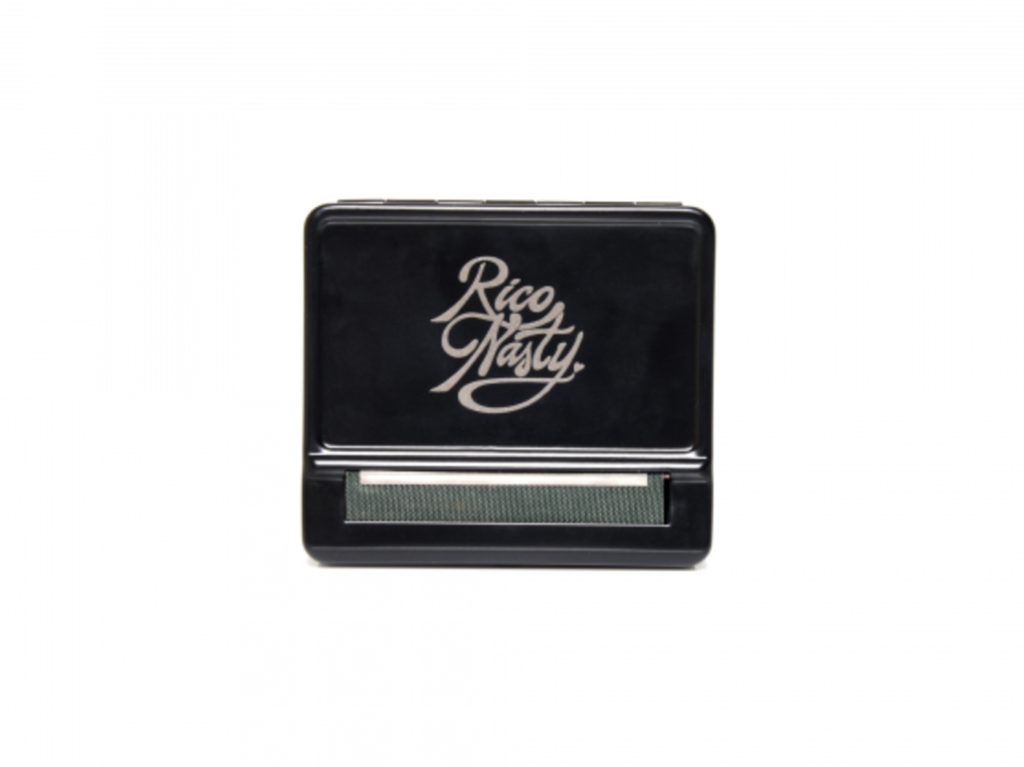
With such uncertainty and so many questions looming artists should take this opportunity to explore creative merch beyond the standard, t-shirt, or poster. Face masks are an emerging trend but don’t just ride the wave, start one. Lighters, shot glasses, phone cases, etc are all small and inexpensive to make. Think in terms of your brand and your release’s concept, working towards products that complement instead of just being a touch-point.
Revenue and income sources will adapt and expand
It is no doubt here that even before the global pandemic hit, independent artists already had precarious income. After COVID however, we have witnessed unprecedented impacts on the sources and distributions of income, it will take a while for the industry to recover. In the meantime independent artists will have to rely on unconventional tactics to earn bank.
7. Exploiting new tools on social media
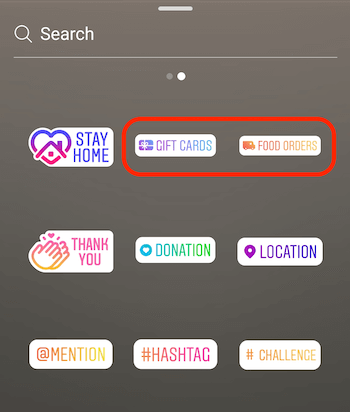
Realizing the impending issues for artists and other creators, several social media platforms rolled out new tools to help them through these times. Below we will list a few of the most important tools for artists to know as well as some tips on how to utilize them.
1. Instagram has added two new sticker options to make it easier for marketers to sell directly to their audience. For this writing we will focus only on the new Gift Card sticker. This new feature will allow artists to market directly to their base like never before. Fans can now purchase a gift card directly from their favorite indie acts IG story via a third party partner of the artists choosing. For research we have went through the process of setting up an IG profile to be able to use the feature. We found it refreshingly simple.
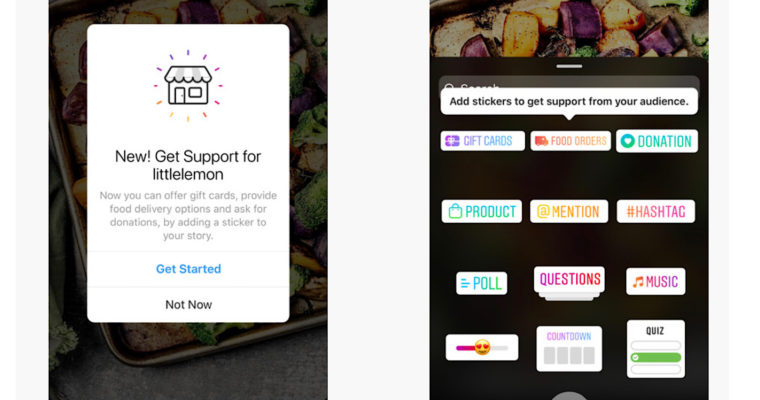
Set up steps with images:
a. Confirm email
b. Insert company/brand name
c. Add item for sale/Allow customers to enter an amount
d. Select payment gateway
e. Get the check out code (Use on your website and social network)
(Extra settings)
f. Gift Card Design
g. Checkout themes
h. Branded Emails
i. Additional payment methods for service fees
As Facebook rolled out its new features to help small businesses, independent artists can tap into that as well.
8. Artists will leverage their own community for brand ambassadorship

If you have an engaged community, the number of followers don’t matter much. With brands moving to focus on nano- and micro-influencers for their campaigns, independent artists will see opportunities for brand ambassadorship. A brand ambassadorship is when a creative like an independent artist partners with a brand in an effort to sell or promote a product or service. When a brand chooses a creator to market their sellables, they are choosing someone they feel can not only raise their sales but represent their brand positively.
For this reason it is important for artists to only partner with brands that they actually have a connection with. How will you know if you have an engaged community?

First – make sure your social media accounts are not personal or private. For Instagram, make sure it’s a business account (not creator). For Facebook, ensure your page is an artist or business page. For TikTok, make sure you change it to a creator account. This applies to the rest of the social media channels; you want to be able to tap into its in-app analytics and insights to better understand a myriad of factors and metrics.
Next, calculate your engagement rate using this formula:
In terms of vanity metrics, engagement rate is far superior to round figures of followers and likes. What that means is that, clout can help you up to a certain point <insert own article on stop chasing clout>. Brands are looking for an artist’s or influencer’s highly engaged community to drive brand awareness and convert sales. This would also be a good statistic to add to your One-Sheet.
Conclusion
Historically, major disruptions in the music industry followed behind the introduction of technological advances. This time disruption came in the form of an Act of God. Thus far the industry’s response has been erratic as artists and labels grasp at ways to combat the emending financial drought. Real and long term solutions will take time to materialize but they are happening. For artists, especially independent, it has never been more important to keep an eye on the future and make plans for it. Drive-in concerts are on their way. With this information, artists can plot on new and creative merch that will enhance their fan’s experience from their vehicles.
The global pandemic has shaken up the world. A lot of changes have come and more are on the way. However, the priorities of artists are essentially the same as the should’ve been before. Focusing on creating quality content and exposing it to as many people as possible. Releasing that content strategically and creatively. These are strange times for everyone, but I remain optimistic about the future of the industry.




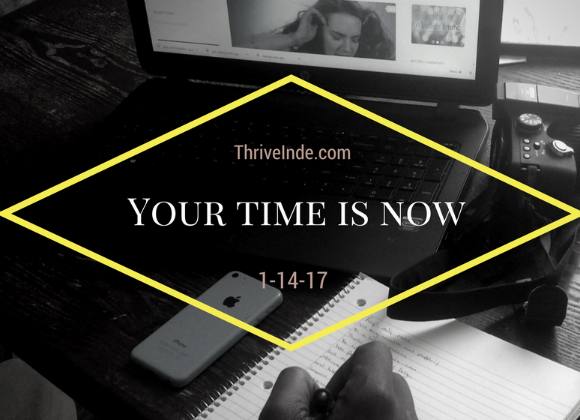


Recent Comments